Homefront: The Revolution Review (PC) – Hungry Geeks
Homefront: The Revolution’s launch will always be remembered as a disaster. Even with the frequent teases and developer plays, the game failed on almost every aspect it has promised. Low scores were dished out and despite that, I was actually a bit curious about it. What could have possibly gone wrong? Noticing that this classy title was on sale this Christmas, mind you, at a very tempting price including the DLC, I immediately bought it to answer my questions. So here we are, seven months in, with all the updates and fixes, is Homefront: Revolution now a golden game forged in fire? Or a turd better left unplayed and forgotten?
North Korea Wins (With the Help of Korean Steve Jobs)
Alternate history is a very interesting genre. It meddles with the established facts, twists it a bit by removing some minor or major points, then goes on to a different track. In Homefront: The Revolution, we see this divergence with North Korea becoming a technological powerhouse. Instead of the United States getting all the sophisticated tech, the “Norks” got to it first. To make a long and complicated story short: United States got knee-deep in debt with North Korea, North Korea invades US soil, and tyranny ensues.
It’s back to Red Alert.
The campaign is set in the heavily-controlled and policed city of Philadelphia. The player is at the forefront of the rebellion, taking control of neophyte rebel, Ethan Brady. Homefront: The Revolution starts with everything starts with a meeting gone awry. Feeling safe in their hideout, Ethan and his rebel pals are then captured and interrogated. At the brink of getting executed, Ethan gets his hide saved by the rebel leader and figurehead, Walker. From then on, he is sent to a number of districts to liberate them and take the fight to their captors.
McGyver-ed Gunplay
Everything with tape works!
Being the underdog, the player and his rebellion is at a major disadvantage. Gone are the techs and the smart weapons that the US military is known for. Here, it’s urban-guerilla warfare, firearms are stitched from what was left from before the defeat and molatov cocktails are the symbols of uprising. It also provides a good premise as to what Homefront: The Revolution presents for its apparent lack of arsenal.
The weapon and crafting wheel that we all know and love.
Each weapon can be transformed into two more by just replacing their upper assemblies. For example, the assault rifle can be made into a light machine gun on the fly. This mechanic is incredibly useful if the situation changes as Ethan can only carry two primary weapons at a time together with a handy pistol. To note, the mechanic feels similar to the on-the-fly modification in Crytek’s Crysis games. Even the HUD and the slightly angled gun is the same. Probably due to the engine (Homefront: The Revolution uses CryEngine) or with its developer, a former Crytek studio. But still the question bothers me, how does he carry those things? One of the mysteries of video games, I suppose. However, those neat and handy gadgets don’t come for free.
Toys for the Big Boys!
Far Cry 3/4 in the City
Getting frisked and hungry is but a normal day in North Korean Philadelphia.
Upon playing the game, you’ll immediately notice something familiar. Why are there loot boxes scattered around the city? Why am I ordered to liberate fortresses and establish outposts in this war-torn city? Ahh, so this is what it feels like when you get the mechanics of Far Cry 3 and 4, remove those dopy dreams and trances, and make it grittier and more realistic.
The influences don’t stop there. The HUD, healing action (syringe popped into the wrist), “complete everything, here’s the money” economy, down to even adding “glint” to objects that are usable. I actually could’ve been duped that this is a Far Cry spin-off.
The districts transform as the player continues to strengthen and encourage civil disobedience.
Now let’s get back to the core mechanics. To further the rebellion, the player must capture several strongholds, complete a variety of story-based missions, and capture posts to reveal important locations and resources. It’s a completionist’s game and one that would surely implore the player to completely cover the maps’ intricacies. So far so good, eh?
Graphics and Audio
Given that this level would just take about 30 minutes or so, the developers really did allocate effort into this one.
Using CryEngine, it’s already obvious that this will be a title that’s fine-tuned for the eyes. But this also leaves problems for PC owners as the game is incredibly power-hungry. You’ll need a decent graphics card to run it.
This is CryEngine so what do you expect?
On the audio-side, for me, nothing leaves to be desired. It did have some great tunes at the late stages of the game, but before that, I didn’t even notice that there was music playing in the background.
Bugs Horrida Bugs!
This will be long.
Now we address the elephant in the room: is Homefront: The Revolution bad as they claim it to be? First and foremost, it has been seven months since the game released. A couple of free DLCs were already handed out and the game’s price dropped to an incredible degree. This just shows that the game failed to make financial expectations during its initial release. Given so, the developers would’ve likely doubled to meet a gamer’s expectations of a final product, a product that is bug-free, optimized, and fun. Did they meet it? For me, yes, that is for most of the time.
Was climbing a garage but then started to clip through. Good times, indeed!
The bugs are still frustrating. Especially during the first area of the game. I had crashes while riding the motorcycle, been flung across the map by just getting off of it, and had an enemy patrol magically appear while riding it. It’s been a series of unwanted distrubances that were gladly, lessened as the game progressed. Sadly, this first level will be the first thing that players will see and might likely affect their overall approach to the game.
This picture showcases two things: one the Far Cry “Capture the Point” influence, and two, an unremoved floating doodad
Next is the AI. Even with the difficulty ramped up, the enemy AI is a walk in the park. During skirmishes, I was more than able to assault a 5-man team patrol without breaking a sweat. And these are the guys that defeated the United States, mind you. Just stand with your sights at a corner and let it rip through the line of these elite soldiers. On the otherhand, the player can’t take that much of a damage, meaning that the game banks on numbers instead of brains to introduce difficulty. There wasn’t also that much of enemy variety to begin with. We get the standard cannon fodder, shotgunners, snipers, and brutes; all of which are similar to the classes in Far Cry 3. But we do have some encounters with unmanned drones and vehicles, quite a good experience to balance things out.
Next in line, please!
Then comes design, while working for most of the time, I did finish the game without even risking to delve from my formula. I just took an assault rifle/light machine gun, and a rocket launcher to my sorties. Never did I bother to bring a sniper rifle, a shotgun, or even the crossbow. I did try them for a short period of time, but they feel like less-effective means. Why use a crossbow for silent entries if you can kill every witness on the spot with a well-placed shot of an assault rifle?
Since we’re already talking about it, let’s address this title’s implementation of stealth. While Homefront: The Revolution has some semblance of stealth in it, even forced in some levels, I did find it lacking. Since the AI is troublesome, I once attacked a fortress with a bomb-induced entry, walked straight to the capturing post, and captured the base in one swift go, during which, all of the guards were standing still and doing nothing to answer the alarm. Sneaking is also a suggestion as you can just sprint towards a guard, ram a knife into his throat, and leave running without sparking an alarm.
The above things were not game-breaking for me, but they do break immersion, a quality that Homefront: The Revolution wants to portray.
Should You Play It?
The grass (or the lighting) is greener after seven months.
Even with all these caveats and complaints, I did find the game fun. As I’ve said before, the game gets ironed out the more you near the end, a bad practice, but still better than getting the same stinky turd for 100% of the duration. I don’t know if it grew on me, but the more I play it, the more I appreciated it. The cities and the landscapes vary and it makes things new by offering new challenges to capture points, some of which require platforming and finding hidden stuff.
From time to time, the game introduces interesting objectives such as assassination. Lamentably, they’re so unique that they don’t repeat these mechanics.
I’m more of a completionist when it comes to free-roam games and that was where most of my time was spent in playing Homefront: The Revolution. I made the whole map resemble a rebel city, completing every task to further the revolution. With that said, it might not be for everyone. Some might beeline through the short campaign, but will be stumped as it requires some side missions to be completed in order to progress.
The design might’ve been improved but there’s a large degree of effort placed while making this game and it shows. The city of Philadelphia is a withered husk of its former glory, every corner replaced with Korean text and propaganda, the buildings themselves are even furnished! I still do have high hopes for this game and I do hope that the developers would still continue to make things right even after months of this game’s release. Thankfully, they did not just let up and go like some developer I know (*cough Arkham Origins *cough). If the initial bugs are fixed, then there’s definitely a better place for Homefront: The Revolution.
Graphics take center stage in Homefront: The Revolution
To conclude, I did find it enjoyable and I think it gave more than what I paid for given that I bought it on a very heavy discount. I highly recommend it as one of those must buys for this Christmas Steam Sale, better catch it while it’s still up until January 3. I do recommend it for those that like the solid mechanics of Far Cry, a good-looking game, or a decent shooter to take about 12+ hours of your time.
Comments
comments
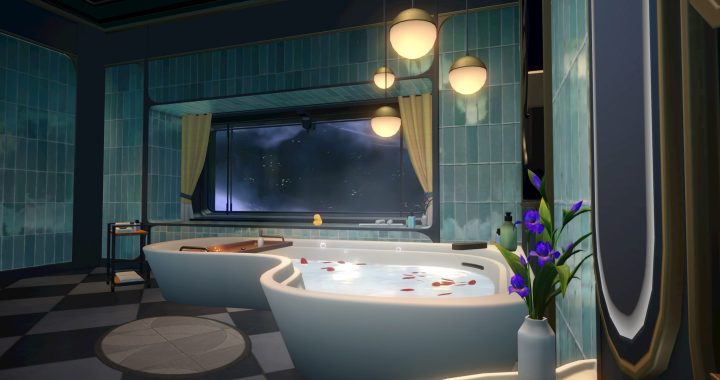 On December 4, Honkai: Star Rail type 2. 7 requests goodnight to Penacony.
On December 4, Honkai: Star Rail type 2. 7 requests goodnight to Penacony. 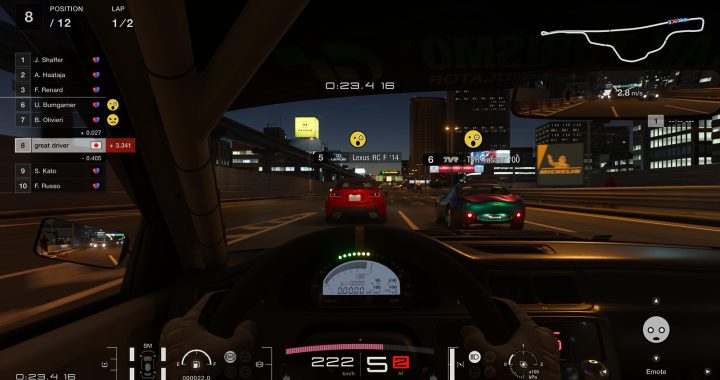 Gran Turismo 7 Release 1.54 brings five new vehicles, a Café Menu, World Circuit Occasions, and a GT Sophy AI release
Gran Turismo 7 Release 1.54 brings five new vehicles, a Café Menu, World Circuit Occasions, and a GT Sophy AI release  Discuss of the Week: Dragon Age: The Veilguard – Pals
Discuss of the Week: Dragon Age: The Veilguard – Pals 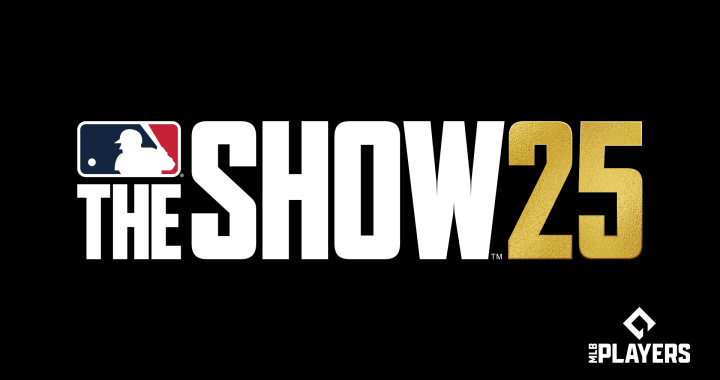 Initial information on MLB The Show 25 and a preview of MLB The Show’s future.
Initial information on MLB The Show 25 and a preview of MLB The Show’s future. 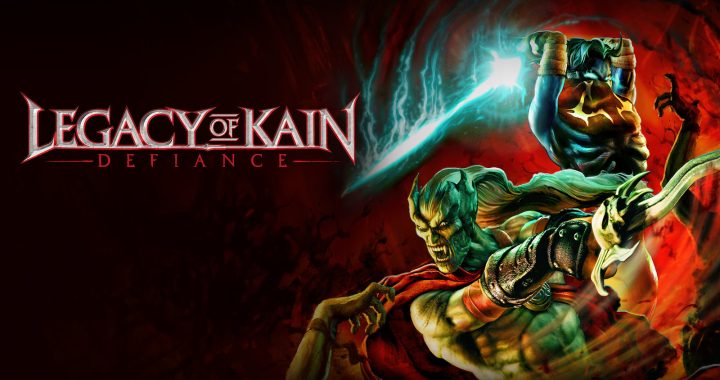 The Legacy of Kain line: longitudinal with original builders
The Legacy of Kain line: longitudinal with original builders 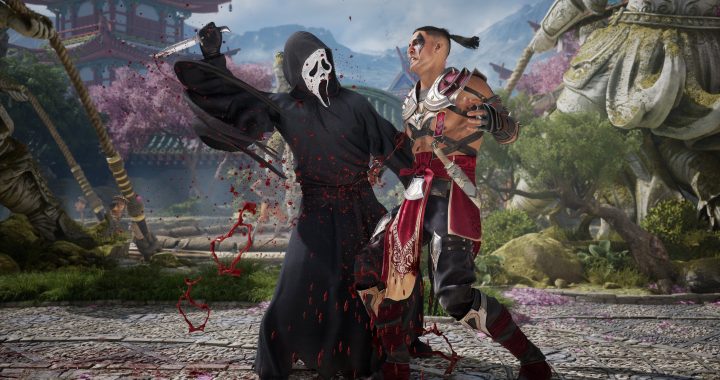 How does NetherRealm’s Ghostface function in Mortal Kombat 1
How does NetherRealm’s Ghostface function in Mortal Kombat 1